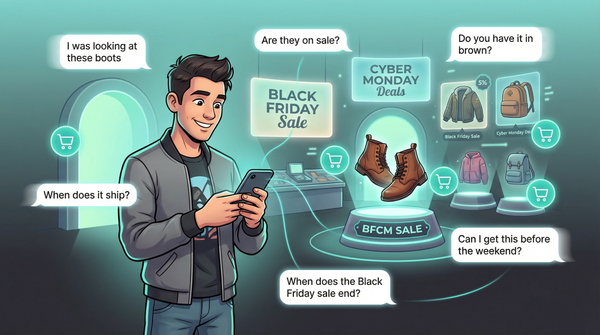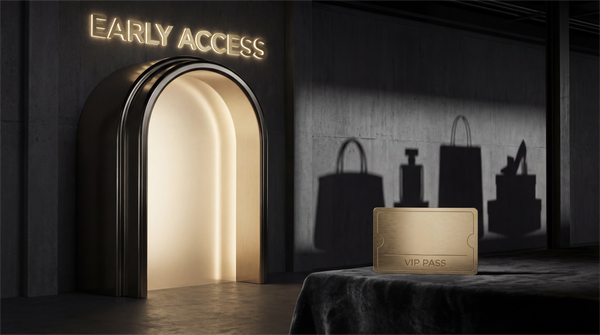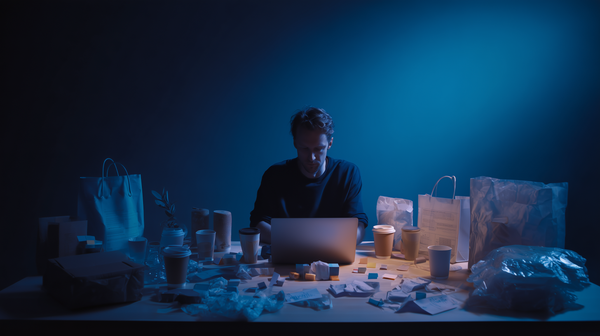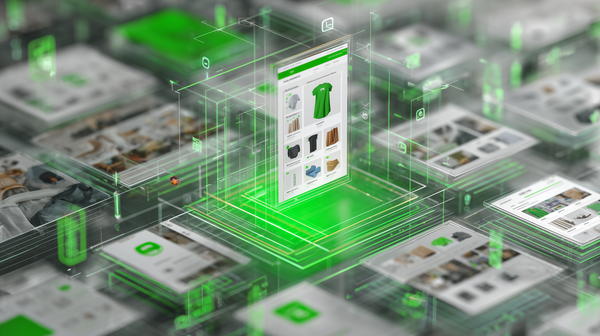Collab Culture: How DTC Brands Drive Hype with Partnerships
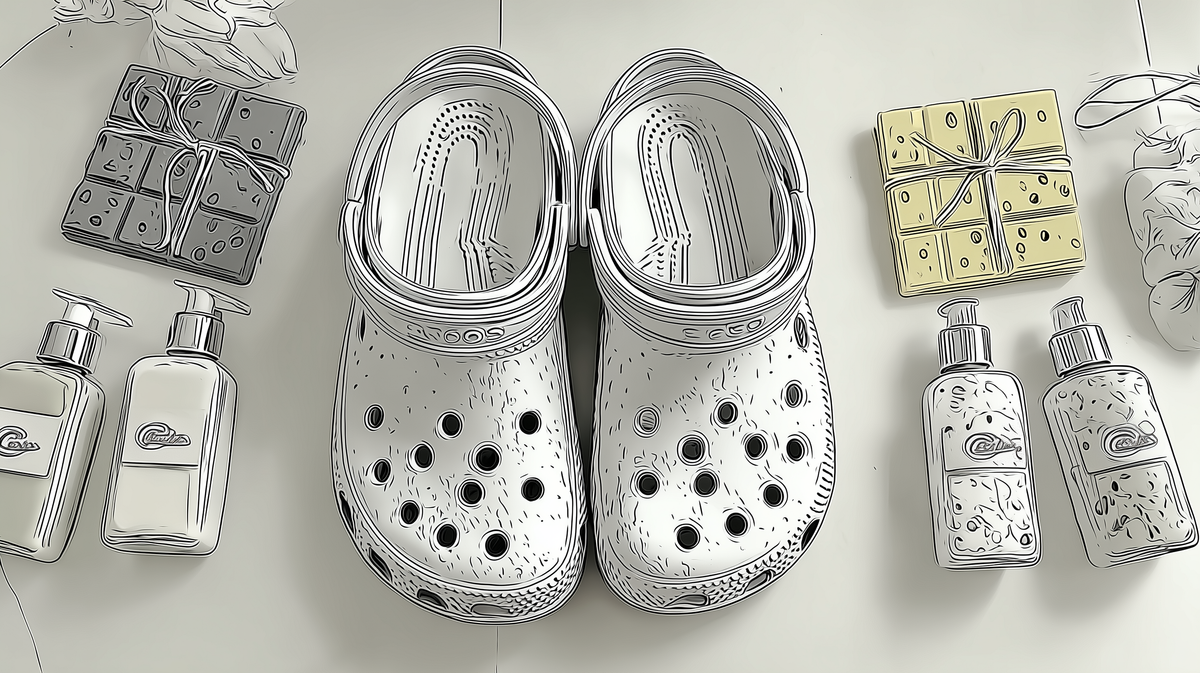
In July 2025, Crocs and Touchland dropped a Jibbitz-compatible hand sanitizer. Tony’s Chocolonely and Hot Take Dough launched a limited-run frozen s’mores cookie dough for World Chocolate Day. Both sold out. Both blew up online. And both proved what savvy DTC founders already know: a good brand collab is worth more than a six-figure ad buy.
In a world where CACs keep rising and attention is rented, partnerships offer something better: borrowed trust, swapped audiences, and organic hype. Let’s break down what makes a DTC collab click—and how to pull one off that doesn’t just make noise, but builds real momentum.
Why Everyone’s Partnering Up Right Now
It’s not just big brands doing it for press. Shopify-native DTC brands are leaning into collabs as a smarter growth lever.
- Crocs x Touchland (launching July 15) merged fashion and hygiene into a clip-on hand sanitizer accessory.
Crocs and Touchland collaborated on a limited edition line of hand mist cases.
— CPG WIRE (@cpgwire) July 9, 2025
The collection drops on July 15th 🗓️ pic.twitter.com/ScrK1F6Thi
- Tony’s Chocolonely x Hot Take Dough dropped a fair-trade s’mores cookie dough for World Chocolate Day.
- Touchland’s teaser post alone racked up 20K+ likes and 400+ comments on Instagram (Instagram).
What’s behind the momentum? As Business of Fashion puts it: “A great collab creates buzz without splurging on ineffective digital ads.” Warby Parker’s Neil Blumenthal puts it even simpler: “It gets people talking. That’s the win.”
And in a summer where Meta CPMs are up and ROAS is down, that’s more than a vibe—it’s a strategy.
What Makes a Collab Actually Work
1. A shared vibe—or a surprising contrast that makes sense
You want overlap without redundancy. Dieline nailed it: the best brand mashups come from a “slim but specific” Venn diagram (source).
- Crocs x Touchland works because both brands trade in playful self-expression. A hand sanitizer that clips to your Crocs? Weird, but it clicks.
- Tony’s x Hot Take Dough leaned into values: quality, fair-trade, indulgent. They launched on World Chocolate Day, priced the packs at $27–$45, and positioned it as an online exclusive. It sold out fast (Snack & Bakery).
On the flip side, KFC x Hismile’s fried chicken toothpaste (yes, that happened) got headlines—but not necessarily customers (Queue-it). When it feels too forced or gimmicky, the consumer sees it a mile away.
“Collabs work best when there’s a narrative that fits both brands’ voices,”
— Amrit Richmond, Indie CPG
How Mid-Size DTC Brands Are Winning With Collaborations
You don’t need to be Glossier or Heinz to land a headline-grabbing collab. Here’s how smaller Shopify brands are doing it—and doing it well.
Start with peers, not giants
Find a brand with a shared audience and complementary product.
Canopy x Open Spaces (aroma kits + home organizers) is a perfect example. Double the list size. Double the visibility. Cost = zero ad spend. (ShopSwap)
Trade what you have
Fishwife teamed with Fly By Jing to launch spicy smoked salmon. Sardines + chili oil? It worked because each brand brought cultural cachet and loyal fans to the table.
Shoot your shot
UnHide (a small vegan blanket brand) landed a Netflix & Chill collab by pitching hard with a clear creative angle. You never know unless you ask (source).
And yes, Heinz x DJ Mustard is real (License Global). Stranger things have gotten greenlit.
Is It All Just Hype? Not If You Follow Through
The best collabs aren’t just buzzy—they’re sticky.
- SKIMS x Fendi raked in $1M in the first minute (Queue-it).
- Chamberlain Coffee x 818 Tequila sold out fast and flooded TikTok with espresso martinis. (PR Newswire)
- Smaller brands report collab buyers who turn into high-LTV customers—if there’s a smart follow-up funnel.
This is where tools like LiveRecover come in. If someone discovers your brand through a viral drop but bounces at checkout, a human-powered SMS touchpoint can bring them back—before you lose that high-intent visitor.
Use the collab to fuel top-of-funnel hype.
Then deploy retention to turn buyers into fans.
What to Watch Out For
Collabs come with upside—but also risk. Here’s how to dodge the traps:
- Misalignment kills trust. If the pairing feels off (see: Pink Heinz Ketchup), you lose your core audience (Smashbrand).
- Operational overhead is real. Licensing, IP rights, revenue splits, production delays—plan for all of it.
- Overshadowing happens. If you’re the smaller brand, protect your brand presence in press, emails, and assets.
- Customer confusion. Some will ask “why are you doing this?” Have a clear story. Own the narrative.
“A collab is like a mullet: business in the front, party in the back.”
— Kristen Pumphrey, P.F. Candle Co.
Bottom Line: Collaborate to Build. Not Just to Trend.
Done right, a brand partnership is a CAC-free acquisition engine, a community-building tool, and a cheat code for relevance.
But it only works if you:
- Have a story worth telling
- Pick a partner who adds value (not just vibes)
- Follow through after the hype
The next 1,000 customers for your Shopify store might not come from a paid ad. They might come from a wild idea, a DTC founder DM, and a product that makes people say, “Wait… I need this.”
Subscribe for weekly DTC insights.

